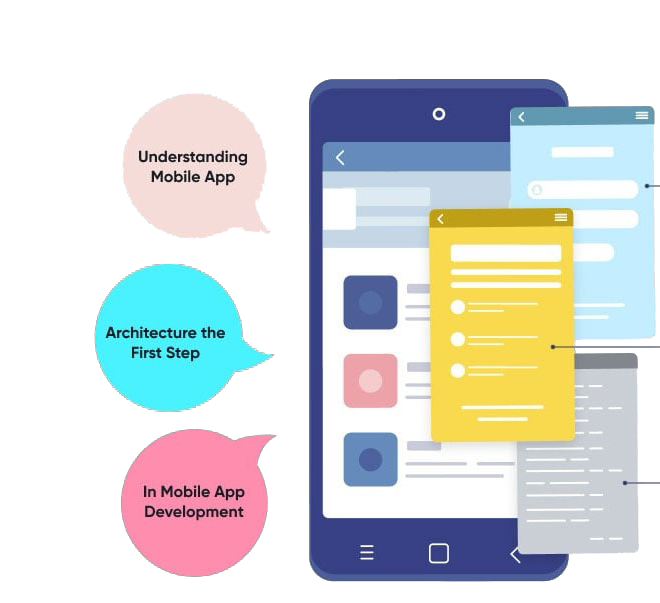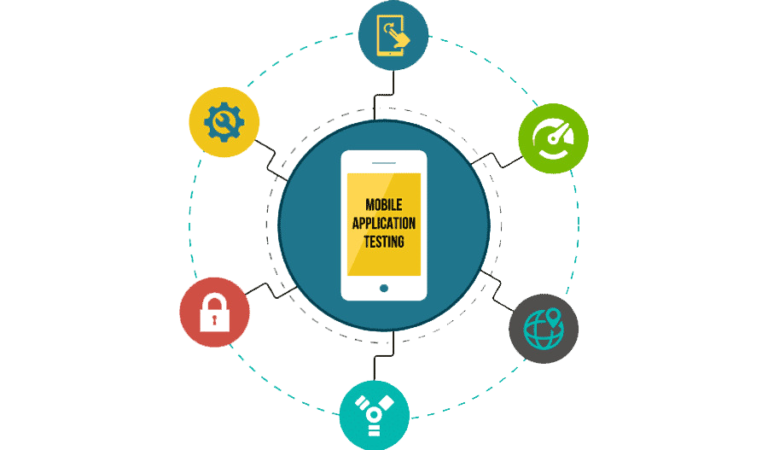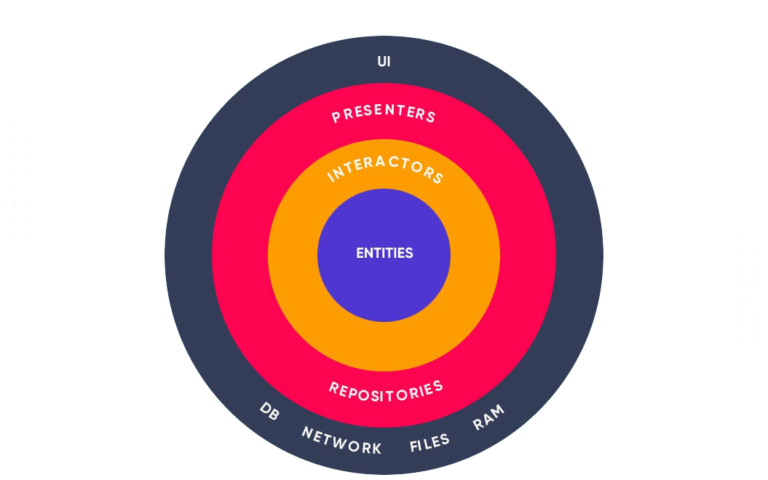
Mobile App Architecture Simplified
Mobile App Architecture Simplified: The creation of mobile apps has significantly changed over time. It is essential to have a well-structured app architecture because of the increasing complexity of apps and the variety of devices and platforms that are available. The foundation of your program is its architecture, and the choices you make here will greatly impact the app’s functionality, maintainability, and scalability. In this post, we’ll cover the key concepts, suggested practices, and popular architectural designs in mobile app development.
The blueprint for a mobile application, outlining how its various components function as a whole, is its interface design. It carries out several essential tasks, including:
Maintainability
A well-designed architecture makes maintenance and future software additions easier. Well-defined component separation facilitates the addition of new features and the adjustment of current ones without unintentionally damaging anything.
Scalability
The architecture of your software should allow for scalability as it grows. Whether your objective is to improve the functionality of your app or attract a larger audience, a scalable architecture enables you to make changes to it with the least possible disruption.
Performance
An effective app architecture can improve an application’s overall performance by reducing pointless tasks, optimizing the usage of resources, and increasing responsiveness.
Code Reusability
You can use pre-existing components in different app parts or projects thanks to an organized and modular architecture that promotes code reuse.
Collaboration
A clearly defined architectural framework facilitates debugging and troubleshooting processes and encourages developer collaboration.


Model-View-Controller (MVC)
Three main components make up an application: the Model, View, and Controller (MVC) architectural pattern. The Model represents the data and business logic, the View manages the user experience, and the Controller supervises communication between the Model and View. MVC is easy to understand and apply, but it can lead to tight coupling, which makes it challenging to manage an application as it grows.
Model-View-Presenter (MVP)
MVP is better than MVC, since the Presenter acts as a mediator between the View and Model. This separation of duties may make the codebase simpler to test and maintain.
Model-View-ViewModel (MVVM)
MVVM is a popular contemporary architectural pattern in the creation of mobile apps, especially for platforms like iOS and Android. MVVM separates the view from the business logic by introducing a ViewModel. This method works well with data-binding frameworks and simplifies UI testing.
Clean Architecture
In Clean Architecture, Robert C. Martin makes a compelling case for separating concerns. To ensure the separation of high-level business rules and regulations from low-level implementation details, it establishes multiple levels, including Presentation, Domain, and Data. This tactic promotes testability and maintainability.
Flux/Redux
Two well-known mobile app development frameworks that take cues from web development are React Native and Flutter. Flux/Redux promotes a unidirectional data flow that makes state management verifiable and predictable.
Modularization
Divide your application into layers or modules based on functionalities. This makes it easier to maintain and test separate components and encourages the reuse of code.
Separation of Concerns
Make sure each component serves a distinct function, and avoid mixing business logic and user interface code. This division facilitates testing and maintenance.
Dependency Injection
Use dependency injection to provide dependencies to components. This allows you to swap out implementations or dummy objects while testing, which promotes testability and flexibility.
Design Patterns
Study popular design patterns such as Factory, Observer, and Singleton, and use them in your project to solve recurring problems as needed.
Unit Testing
Write unit tests for each component of your program to ensure it operates as intended. Testing is an essential component of a robust design since it helps identify defects early in the development process.


A successful mobile app is largely dependent on its robust app architecture. It has an impact on the general performance, scalability, maintainability, and quality of your app. Knowing the various architectural patterns and best practices can help you make informed decisions during the development process. Regardless of the pattern you choose—MVVC, MVP, MVVM, Clean Architecture, or another—the most crucial step is to build a solid foundation that will enable your program to grow and adapt in response to evolving customer demands and requirements. With the right architecture, you may create a mobile application that lasts for a very long period.
